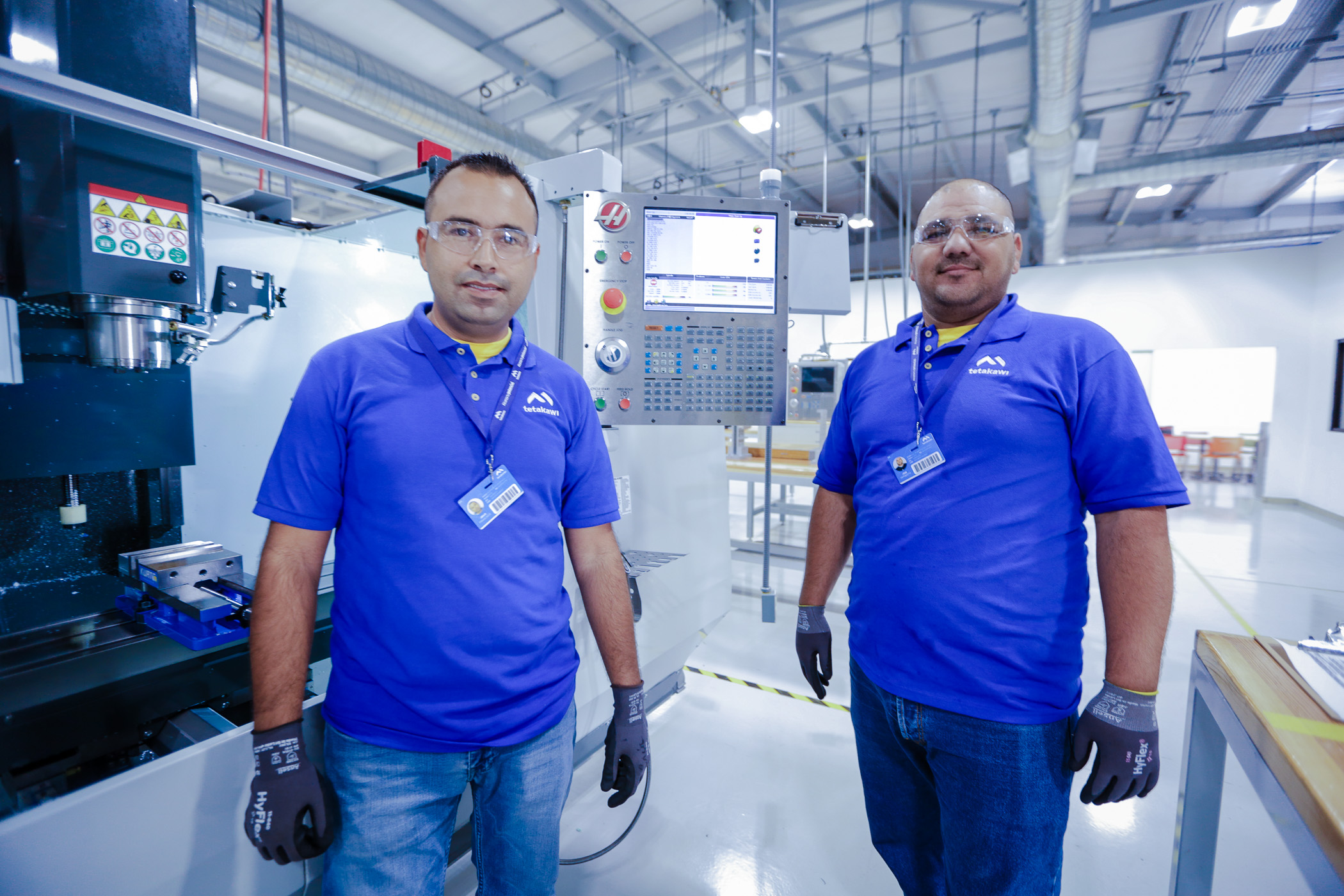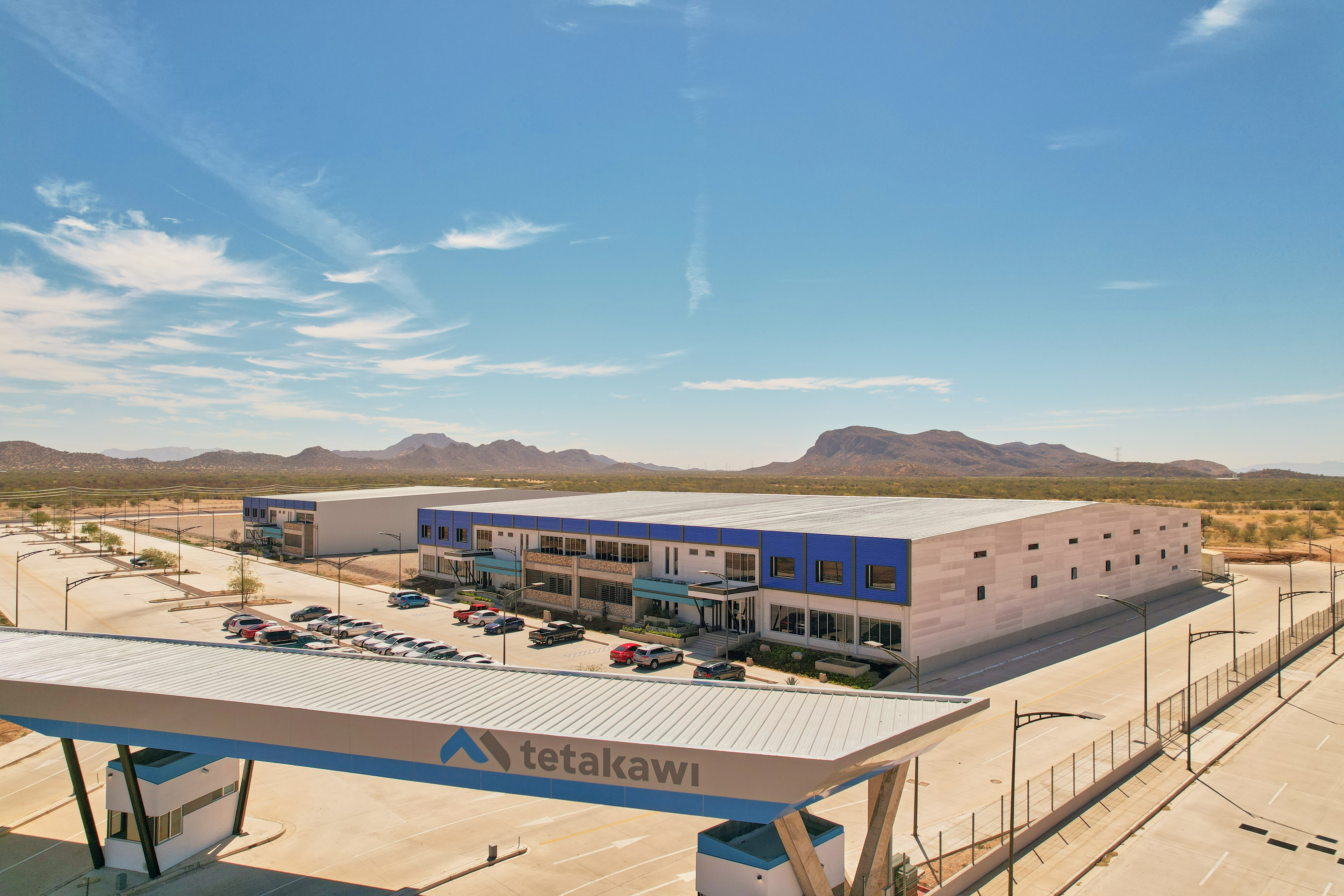The low cost for skilled laborers is one of the leading advantages for foreign investors considering launching manufacturing operations in Mexico. However, manufacturers will only see that advantage if they work to manage the cost of employee turnover. Evidence indicates that the cost of losing a worker is as high as $15,000. This includes the costs of training new workers, lost productivity, and overtime for covering departed employees’ shifts.
Fortunately, manufacturers operating in Mexico don’t have to go it alone. Working with a shelter company can mean support from an expert in local hiring and retention practices that can help a company keep employee turnover low.
The true cost of employee turnover
Turnover is a global challenge. Manpower Group reports in its 2019 Talent Shortage report that 54 percent of companies around the world reported talent shortages in 2018, the highest rate tracked in more than a decade. That means employees know they hold all the cards, which makes them more willing to consider other options should another company’s pay or benefits look more appealing.
Believe it or not, the cost of providing regular pay raises and competitive benefits is little compared to the cost of above-average turnover. As noted above, estimates put that cost around $15,000. Others, including the Society of Human Resource Managers, predict turnover costs an average of six to nine months’ salary per lost employee.
To get an accurate sense of how employee turnover could affect your bottom line, HR consultant The Predictive Index suggests examining the following factors:
- What is the cost of overtime you are paying to ensure former employees’ shifts are covered?
- What activities are being sidelined while employees fill in for departed workers?
- How much time is being spent screening resumés or interviewing? How much are you paying your manager for that time spent recruiting and/or screening applicants?
- How much does it cost to advertise the open position?
- How many days will your hiring manager and/or trainer spend working with a new employee? How will this impact their productivity?
- How many working days are there in the new hire’s first three months? This is a standard period of onboarding, during which new employees ramp up to expected levels of productivity.
- How are departing employees impacting your company culture and employee morale?
Retention best practices for manufacturers in Mexico

As you can see, there are lots of reasons to focus on reducing turnover. However, the solution to this challenge isn’t cut and dry. ManPower Group reports that competitive pay is the leading attraction and retention factor for employees under 65. However, benefits are equally valuable and, in some cases, can compensate for fewer pay raises. The trick, according to ManPower Group, is to tailor those benefits to meet employees’ exact needs.
For companies new to operating in Mexico, this challenge becomes even more notable. Expectations around benefits will vary from region to region. Fortunately, this is an area where a knowledgeable shelter service company like Tetakawi can help. Shelter service companies bring a blend of local insight to bear in mind when creating a pay and benefits strategy that is competitive with other local employers.
Consider that along the Mexico-U.S. border, it is not unusual for maquiladoras to pay workers a bonus as incentive to return to work after the Christmas holiday. The reasoning behind this is that many of these employees come from southern areas and return to their hometowns or cities during the holiday season. To encourage those employees to return to work, Mexico border factories often offer a cash incentive to bring them back.
As another example, manufacturers recruiting workers to a more rural site may find they have better luck recruiting, and retaining, employees if they provide a transportation benefit. Most unskilled workers cannot afford a personal car, and public transportation is often inconvenient or, in more remote locations, unavailable. For example, Tetakawi’s field studies have found that 68 percent of unskilled manufacturing workers in Saltillo and 78 percent of direct laborers in Hermosillo use company-paid transportation to and from work. For large employers, this may mean contracting a bus service to pick up employees at neighborhood stops. Smaller employers may use vans or a shared bus service provided by an industrial park or shelter service company. Factoring this benefit in early can also help in developing a recruiting plan that focuses on specific neighborhoods to make transportation costs more manageable.
A shelter service can also help steer manufacturers to the most cost-effective bonuses to offer. For example, some companies provide on-site food services. However, cafeteria services often prove to be overly expensive and liable to generate service and quality complaints. Food coupons often prove to be a more cost-effective benefit that can make a significant difference in reducing turnover.
More ways a shelter company can help

Insight into creating benefits and bonuses packages is just one way shelter service providers can help foreign investors. Manufacturers can opt to outsource human resources in Mexico, in part or entirety to an HR team managed by their shelter service provider. A human resources manager in an office south of the border can begin recruiting top talent even as the manufacturer is putting the finishing touches on its Mexico facility. These HR firms can conduct background checks on candidates, carry out orientation programs and coordinate business coaching initiatives. With an efficient staff assembled by a shelter company, manufacturers can trim budgets while remaining efficient.
And when some level of inevitable turnover does take place, some shelter companies can provide temporary employees to help fill staffing needs. This way, companies can lessen the cost of lost productivity during the hiring, training and onboarding period for a new employee.
Create a workplace that welcomes workers
Of course, in reducing turnover employers should not overlook the importance of creating an environment that supports workers. Tetakawi’s labor market reports have found time and time again that a positive work environment and a respectful culture are central to a strong employee retention plan in Mexico.
Manufacturers eager to benefit from more of this HR insider insight can contact Tetakawi today.
Subscribe
Sign up and stay informed with tips, updates, and best practices for manufacturing in Mexico.





